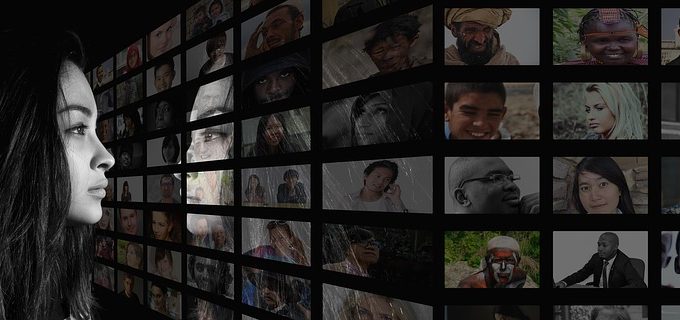Want a clear definition of agenda-setting theory?
Plain and simple: it’s when the media determine how and what we think about.
According to more recent expansions of the concept, the media define our agenda on two levels: not only do they dictate what we think about, but they also impact how we think about the issues.
So, let’s discover some of these theories.
Maxwell E. McCombs’s and Donald Shaw’s ‘The Agenda-Setting Function of Mass Media’ (1972)

McCombs and Shaw based their work on the arguments formulated by Cohen. Their major contribution was the empirical confirmation of Cohen’s observations. During the months of September and October before the 1968 presidential election, they interviewed one hundred registered voters in Chapel Hill, North Carolina. After undertaking a quantitative analysis of the collected data, they noted a direct and strong correlation between issues the voters considered to be the important electoral issue and the issues reported by the media.
Based on the data collected and their analysis, McCombs and Shaw published their findings and conclusions in an article in the journal Public Opinion Quarterly in 1972. “Editors, newspaper workers, and broadcasters all play a significant part in molding political reality by selecting and showing news. Readers learn not only about a given issue, but how much importance to attach to that issue from the amount of information in a news story and its position… The media may well identify the essential topics – that is, the media may establish the campaign’s ‘agenda.”
Unlike Cohen, who was interested in foreign policy, McCombs and Shaw focused on the topics that became important during an election campaign and the role the media played in the choice of those topics. The practice of agenda setting operates in any country with at least a form of media. Think back to the last election in your country. What were the issues that were the most talked about? Why were they more important than the many other topics that could have been as important? Of all the issues that were important to the population, only a minority became key election issues.
The above questions in the above paragraph highlight the most obvious versions of agenda setting. Consider how the American media, or even international media, comment about the clothing choices of Hilary Clinton and the fashion sense of Michelle Obama. However, the same comments are not made about Barack Obama’s fashion style. The fashion choices of female politicians are a relevant topic of conversation while male politicians are not subjected to the same scrutiny by the media. This informs how the public views female politicians differently from their male counterparts.
Kurt Lang’s and Gladys Lang’s The Battle for Public Opinion (1983)

Kurt Lang and Gladys Lang advanced a new term to describe the same process. They considered agenda-building to be “a more apt term than agenda-setting.” Kurt Lang and Gladys Lang believed the media were not the only party implicated in this process. Instead, agenda-building refers to “a collective process in which media, government and the citizenry reciprocally influence one another.”
Indeed, some critics of the agenda setting theory argue that there is a lack of proof that the media indeed set the agenda of a campaign or the topics the public thinks about. Other than informing the population, the media aim to sell their products. As a result, a newspaper editor will choose stories that will interest the public. In this sense, the public might be complicit in determining the agenda.
Shanto Iyengar’s and Donald Kinder’s News That Matters (1987)

Iyengar and Kinder published their results based on a series of experiments through which they aimed to prove causality in agenda setting process. They focused on the manner television news did or did not shape public opinion. In simple terms, they set out to prove that “television news is news that matters.” While working within the broad framework of agenda setting, Iyengar and Kinder focused specifically on media effects.
They conducted a series of experiments to test the following hypothesis: “those problems that receive prominent attention on the national news become the problems the viewing public regards as the nation’s most important.” As part of the experiments on agenda setting, participants did not watch the news on television at home during a week. Instead, several groups were shown the previous day’s news bulletin edited to highlight a difference for each group. Participants completed a questionnaire at the start and end of the experiments through which they indicated the country’s most important problems and their opinion of the performance of the president.




